Welcome to the world of the common genet, a fascinating and adaptable carnivore that thrives in a variety of habitats across its range. In this article, we will explore the captivating characteristics of the common genet, from its physical attributes and hunting techniques to its ecological importance and conservation status. Join us as we delve into the intriguing life of this agile predator and discover its role in maintaining the delicate balance of nature.
Common genet: Species Profile
COMMON NAME: Common Genet
SWAHILI NAME: Unknown
SCIENTIFIC NAME: Genetta genetta
TYPE: Mammal
FOOD: Common genets are carnivorous, primarily feeding on small vertebrates such as rodents, birds, reptiles, and insects. They may also consume fruits and other plant matter on occasion.
HABITAT: Common genets are adaptable and can be found in various habitats, including forests, woodlands, grasslands, and urban areas. They are native to Europe, North Africa, and parts of the Middle East.
SIZE: Common genets have a body length of approximately 40 to 55 centimeters (16 to 22 inches), with a tail length of about 35 to 50 centimeters (14 to 20 inches). They weigh between 1.5 to 2.5 kilograms (3.3 to 5.5 pounds).
AVERAGE LIFE SPAN IN THE NATURAL HABITAT: In the wild, common genets have an average lifespan of around 8 to 10 years. However, some individuals may live longer under favorable conditions.
ACTIVE: Common genets are primarily nocturnal creatures, meaning they are most active during the night. They are agile climbers and proficient hunters, using their sharp claws and keen senses to catch their prey.
GESTATION PERIOD: The gestation period for common genets is approximately 60 to 70 days. Females give birth to litters of 2 to 4 young, which are born in tree hollows, rock crevices, or other sheltered areas.
WEIGHT: Common genets typically weigh between 1.5 to 2.5 kilograms (3.3 to 5.5 pounds), making them medium-sized mammals. They have a slender body, long tail, and a pointed snout.
SIZE COMPARISON TO A 6-FT MAN: Common genets are smaller than a 6-ft man, with a body length of approximately 40 to 55 centimeters (16 to 22 inches). They are well-adapted to their arboreal lifestyle, allowing them to move with agility and stealth in their natural habitat.
Physical Characteristics:
A. Slender and Graceful Build:
The common genet (Genetta genetta) is a medium-sized carnivore with a slender and elongated body. It has a beautiful coat of fur that varies in color, typically displaying a pattern of black spots or stripes against a pale background. The genet’s long tail, marked with distinct rings, adds to its elegance and serves as a balancing tool during agile movements.
B. Versatile Adaptations:
Equipped with sharp retractable claws, the common genet excels at climbing trees and exploring various habitats. Its semi-retractable claws enable it to maintain a firm grip on branches and traverse different terrains with ease. The genet’s large, expressive eyes provide excellent night vision, allowing it to navigate and hunt in low-light conditions.
Hunting Strategies and Diet:
A. Stealth and Patience:
The common genet is an adept hunter that relies on stealth and patience to secure its prey. It is primarily nocturnal, using its excellent vision and hearing to locate small mammals, birds, reptiles, insects, and occasionally fruits. With precise movements and silent strides, the genet stealthily approaches its unsuspecting prey before launching a swift and decisive attack.
B. Opportunistic Feeding:
As an opportunistic feeder, the common genet adapts its diet to the available food sources in its habitat. Its varied menu includes rodents, birds, eggs, frogs, insects, fruits, and even carrion. This dietary flexibility allows the genet to thrive in diverse ecosystems and adjust its feeding habits according to seasonal changes.
Habitat and Range:
The common genet is widely distributed across various habitats, including woodlands, savannas, forests, and shrublands. It is found in regions spanning from Europe and Africa to the Middle East. This adaptability to different environments contributes to the genet’s survival and ability to occupy a diverse range of ecological niches.
Ecological Importance:
A. Pest Control:
The common genet plays a vital role in maintaining ecological balance by controlling populations of rodents and other small mammals. Its predation helps regulate prey populations, preventing overpopulation and potential damage to ecosystems.
B. Seed Dispersal:
As the genet consumes fruits as part of its diet, it aids in the dispersal of seeds. Through the process of ingestion and subsequent excretion, the genet assists in seed dispersal and contributes to the regeneration of plant species in its habitat.
Conservation Status and Threats:
A. Habitat Loss and Fragmentation:
The common genet faces habitat loss and fragmentation due to deforestation, urbanization, and agricultural expansion. Destruction and degradation of its natural habitats threaten the genet’s survival and limit its access to resources.
B. Human-Wildlife Conflict:
Encounters with humans can pose risks to the common genet, leading to persecution or unintentional harm. It is crucial to promote coexistence between human populations and genets through education, awareness, and implementing appropriate mitigation strategies.
Conservation Efforts:
A. Protected Areas and Habitat Conservation:
Conservation organizations and governments strive to establish protected areas that encompass the common genet’s range. These areas provide refuge, protect crucial habitats, and support the genet’s population viability.
B. Research and Monitoring:
Continued research and monitoring efforts are vital for understanding the common genet’s ecology, behavior, and population trends. By studying these aspects, conservationists can develop effective conservation strategies and make informed decisions to safeguard the species.
C. Public Awareness and Education:
Raising public awareness about the value of the common genet and its ecological role is essential for its conservation. Educational initiatives, outreach programs, and community engagement efforts contribute to fostering a sense of appreciation and responsibility toward the genet’s welfare.
Genetta genetta
The Genetta genetta (common genet), with its agility, adaptability, and important ecological contributions, represents a remarkable species in the diverse tapestry of our natural world. By recognizing its significance, promoting habitat conservation, and fostering harmonious coexistence with local communities, we can ensure the long-term survival of this captivating predator. Let us appreciate the common genet as a testament to the incredible biodiversity that enriches our planet.
Servaline genet Adaptations
The Rusty-Spotted Genet (Genetta maculata) possesses several remarkable adaptations that contribute to its survival and enable it to thrive in its habitat. These adaptations have evolved over time to meet the challenges it faces in its arboreal and nocturnal lifestyle. Here are some notable adaptations of the Rusty-Spotted Genet:
- Arboreal Adaptations: The Rusty-Spotted Genet has well-developed limbs and sharp, retractable claws that make it an agile climber. Its slender body and long, bushy tail aid in maintaining balance while navigating through trees. These adaptations allow the genet to move with ease among branches and access food sources, as well as find safe resting places in tree canopies.
- Nocturnal Behavior and Night Vision: The Rusty-Spotted Genet is primarily nocturnal, with behavioral and physiological adaptations that enable it to thrive during the night. It has excellent night vision, thanks to the structure of its eyes and a high concentration of rod cells. This adaptation allows the genet to detect movement and locate prey in low-light conditions.
- Camouflaging Coat: The Rusty-Spotted Genet’s coat color and pattern provide effective camouflage in its natural habitat. The reddish-brown fur with black spots and rosettes helps it blend into the dappled light and shadows of the forest floor and trees. This camouflaging adaptation aids in predator avoidance and increases its chances of ambushing prey successfully.
- Solitary and Territorial Behavior: Rusty-Spotted Genets are solitary creatures and establish exclusive territories that they defend from intruders. They use scent markings from specialized glands to communicate territorial boundaries and avoid conflicts. This adaptation ensures access to food resources and potential mates within their designated areas.
- Crepuscular Activity: While primarily nocturnal, the Rusty-Spotted Genet may also be active during the crepuscular periods, which are the transitions between day and night. This behavior allows the genet to take advantage of the increased activity of certain prey species during dawn and dusk.
- Sharp Claws for Hunting: The Rusty-Spotted Genet’s sharp, retractable claws are essential for capturing prey while climbing trees or moving on the ground. These claws provide an advantage in hunting small mammals, birds, insects, and reptiles, as they allow the genet to grasp and secure its prey effectively.
- Vocalizations and Communication: The genet communicates with conspecifics using a range of vocalizations, including calls, chatters, and growls. These vocal signals play a role in territorial disputes, mate attraction, and communication within its social context.
- Cautious and Elusive Nature: The Rusty-Spotted Genet is naturally shy and elusive, making it proficient at avoiding human interactions and potential threats. Its cautious behavior helps ensure its safety in the wild and minimizes disturbances to its natural habits.
These adaptations of the Rusty-Spotted Genet showcase its remarkable evolutionary specialization for an arboreal and nocturnal lifestyle. Each adaptation plays a crucial role in enhancing its survival, agility in capturing prey, and maintaining its ecological niche within its habitat.
Where to see Rusty-spotted genet in Tanzania
The Rusty-Spotted Genet (Genetta maculata) in Tanzania, can be found in various regions with suitable habitats. However, please keep in mind that spotting these elusive creatures can be challenging due to their nocturnal and shy nature. Here are some potential places where you might have a chance to encounter the Rusty-Spotted Genet in Tanzania:
- Arusha National Park: Arusha National Park, located near the town of Arusha, offers a diverse range of habitats, including forests and grasslands. The park’s montane forests provide suitable conditions for the Rusty-Spotted Genet. Participating in night game drives or guided walks with experienced rangers might increase your chances of spotting these elusive genets.
- Mount Kilimanjaro National Park: Mount Kilimanjaro National Park, encompassing Africa’s highest peak, is known for its diverse ecosystems. The park’s lower forested slopes could potentially be a habitat for the Rusty-Spotted Genet. Exploring these areas during night activities might offer opportunities to observe these shy creatures.
- Udzungwa Mountains National Park: Udzungwa Mountains National Park is characterized by lush rainforests and diverse wildlife. The dense vegetation of the park’s forests provides a suitable habitat for the Rusty-Spotted Genet. While visiting the park for its unique biodiversity, engaging in night safaris or guided walks could yield sightings of these elusive genets.
- Selous Game Reserve: The Selous Game Reserve, one of the largest protected areas in Africa, includes diverse landscapes such as woodlands and savannahs. The reserve’s riverine and forested areas might provide potential habitats for the Rusty-Spotted Genet. Night safaris or guided excursions could be rewarding for spotting this elusive species.
- Ruaha National Park: Ruaha National Park, known for its rugged landscapes and abundant wildlife, may also offer a chance to encounter the Rusty-Spotted Genet. The park’s varied ecosystems, including woodlands and riverbanks, could provide suitable habitats for these shy creatures. Night activities might present opportunities for sightings.
- Mahale Mountains National Park: Situated on the shores of Lake Tanganyika, Mahale Mountains National Park is known for its population of chimpanzees. The park’s lush forests and woodlands might be potential habitats for the Rusty-Spotted Genet. While primarily visiting for the chimpanzees, keeping an eye out during nocturnal activities might offer a chance to spot these elusive genets.
Please note that sightings of the Rusty-Spotted Genet can be rare due to their nocturnal and secretive behavior. Patience, persistence, and the assistance of experienced guides or rangers are essential for increasing your chances of observing them in their natural habitat. Additionally, always adhere to ethical wildlife viewing practices to ensure the well-being of the genets and their environment.
Servaline genet Safari Tips
If you’re planning a safari to spot the elusive Rusty-Spotted Genet (Genetta maculata) in Tanzania, here are some helpful tips to enhance your experience and increase your chances of observing these fascinating creatures in their natural habitat:
- Choose the Right Safari Destination: Select wildlife reserves or national parks in Tanzania known for their diverse habitats, including forests and woodlands, where the Rusty-Spotted Genet might be found. Parks like Arusha National Park, Mount Kilimanjaro National Park, Udzungwa Mountains National Park, Selous Game Reserve, Ruaha National Park, and Mahale Mountains National Park could offer potential habitats.
- Engage in Nocturnal Safaris or Guided Night Walks: Rusty-Spotted Genets are primarily nocturnal, so participating in night safaris or guided night walks can significantly improve your chances of spotting them. These activities are specifically designed to explore the nocturnal world and offer opportunities to observe these elusive genets during their active hours.
- Patience and Silence: Practice patience and maintain a quiet atmosphere during your safari. Rusty-Spotted Genets are shy and sensitive to noise. By minimizing disturbances and keeping noise levels low, you increase the chances of observing their natural behavior without causing them stress.
- Follow the Guidance of Experienced Guides: Experienced guides or rangers have valuable knowledge of the local wildlife, including the Rusty-Spotted Genet. Their expertise can help you locate potential areas where these genets are more likely to be found. Listen to their advice, follow their instructions, and ask questions to enhance your safari experience.
- Focus on Nocturnal and Forested Areas: Rusty-Spotted Genets prefer forested and woodland habitats, especially during the night. Concentrate your efforts in these areas during your safari. Pay attention to dense vegetation, tree canopies, and riverbanks, as these are potential habitats and foraging grounds for the genets.
- Use Nocturnal Equipment: Equip yourself with appropriate gear for nocturnal observations. This includes a flashlight or headlamp with a red filter to avoid disturbing the genets with bright light. Binoculars or a camera with low-light capabilities can also be beneficial for observing and capturing moments during night safaris.
- Respect Wildlife and their Habitat: Always remember to respect the wildlife and their natural habitat. Maintain a safe distance and avoid interfering with their behavior. Follow ethical guidelines and adhere to park regulations to ensure the well-being of the Rusty-Spotted Genets and the preservation of their environment.
- Appreciate the Whole Safari Experience: While the Rusty-Spotted Genet may be your primary interest, remember to appreciate the entirety of the safari experience. Tanzania is home to a diverse array of wildlife and stunning landscapes. Take time to immerse yourself in the beauty of the surroundings and appreciate the interconnectedness of the ecosystem.
By following these safari tips, you increase your chances of encountering the Rusty-Spotted Genet and enjoying a rewarding wildlife experience in Tanzania. Remember that observing these elusive creatures in their natural habitat is a privilege, and approaching wildlife with respect and mindfulness is essential for their well-being and conservation.
Rusty-Spotted Genet FAQs
1. What is a Rusty-Spotted Genet?
The Rusty-Spotted Genet (Genetta maculata) is a small carnivorous mammal native to various regions in Africa, including Tanzania. It belongs to the Viverridae family and is known for its distinctive coat color and pattern, featuring reddish-brown fur with black spots and rosettes.
2. Where can I find the Rusty-Spotted Genet in Tanzania?
The Rusty-Spotted Genet can potentially be found in various regions of Tanzania with suitable habitats. National parks and reserves like Arusha National Park, Mount Kilimanjaro National Park, Udzungwa Mountains National Park, Selous Game Reserve, Ruaha National Park, and Mahale Mountains National Park offer potential areas to spot this elusive species.
3. Is the Rusty-Spotted Genet nocturnal?
Yes, the Rusty-Spotted Genet is primarily nocturnal, meaning it is most active during the night. This adaptation allows it to avoid daytime predators and take advantage of the darkness to hunt for prey. Its keen night vision and agility aid in navigating through its environment during nighttime activities.
4. What does the Rusty-Spotted Genet eat?
The Rusty-Spotted Genet has a carnivorous diet, and its menu includes a variety of prey such as small mammals, birds, insects, and reptiles. It is an agile hunter, using its sharp claws and nimble movements to capture prey both on the ground and in trees.
5. How big is a Rusty-Spotted Genet?
Rusty-Spotted Genets are relatively small mammals, measuring approximately 40 to 50 centimeters (16 to 20 inches) in length, excluding their tails. They typically weigh between 1.5 to 2 kilograms (3.3 to 4.4 pounds).
6. Is the Rusty-Spotted Genet endangered?
As of my knowledge cutoff in September 2021, the Rusty-Spotted Genet is not classified as endangered. However, the conservation status may vary across its range. Like many wildlife species, habitat loss and human activities can pose threats to its populations.
7. Can the Rusty-Spotted Genet be kept as a pet?
The Rusty-Spotted Genet is a wild animal and is not suitable or legal to be kept as a pet in most regions. It has specific dietary, environmental, and behavioral needs that cannot be met in a domestic setting. Additionally, it is essential to respect its natural behavior and support conservation efforts aimed at protecting its wild populations.
8. How can I spot a Rusty-Spotted Genet in the wild?
Spotting the elusive Rusty-Spotted Genet in the wild can be challenging due to its shy and nocturnal behavior. Engaging in night safaris or guided walks with experienced rangers in suitable habitats is your best chance to encounter this fascinating creature.
9. Are Rusty-Spotted Genets dangerous to humans?
Rusty-Spotted Genets are not considered dangerous to humans. They are shy and elusive, and their natural behavior is to avoid contact with humans. However, it is essential to maintain a respectful distance and observe wildlife from a safe and responsible distance to minimize any potential risks or disturbances.
10. How can I contribute to the conservation of Rusty-Spotted Genets?
You can contribute to the conservation of Rusty-Spotted Genets by supporting organizations and initiatives focused on wildlife conservation in Tanzania and beyond. This can be done through donations, raising awareness about their ecological importance, and promoting sustainable practices that protect their habitats. Additionally, engaging in responsible tourism and adhering to ethical guidelines when visiting their habitats can help minimize disturbances and promote their conservation.


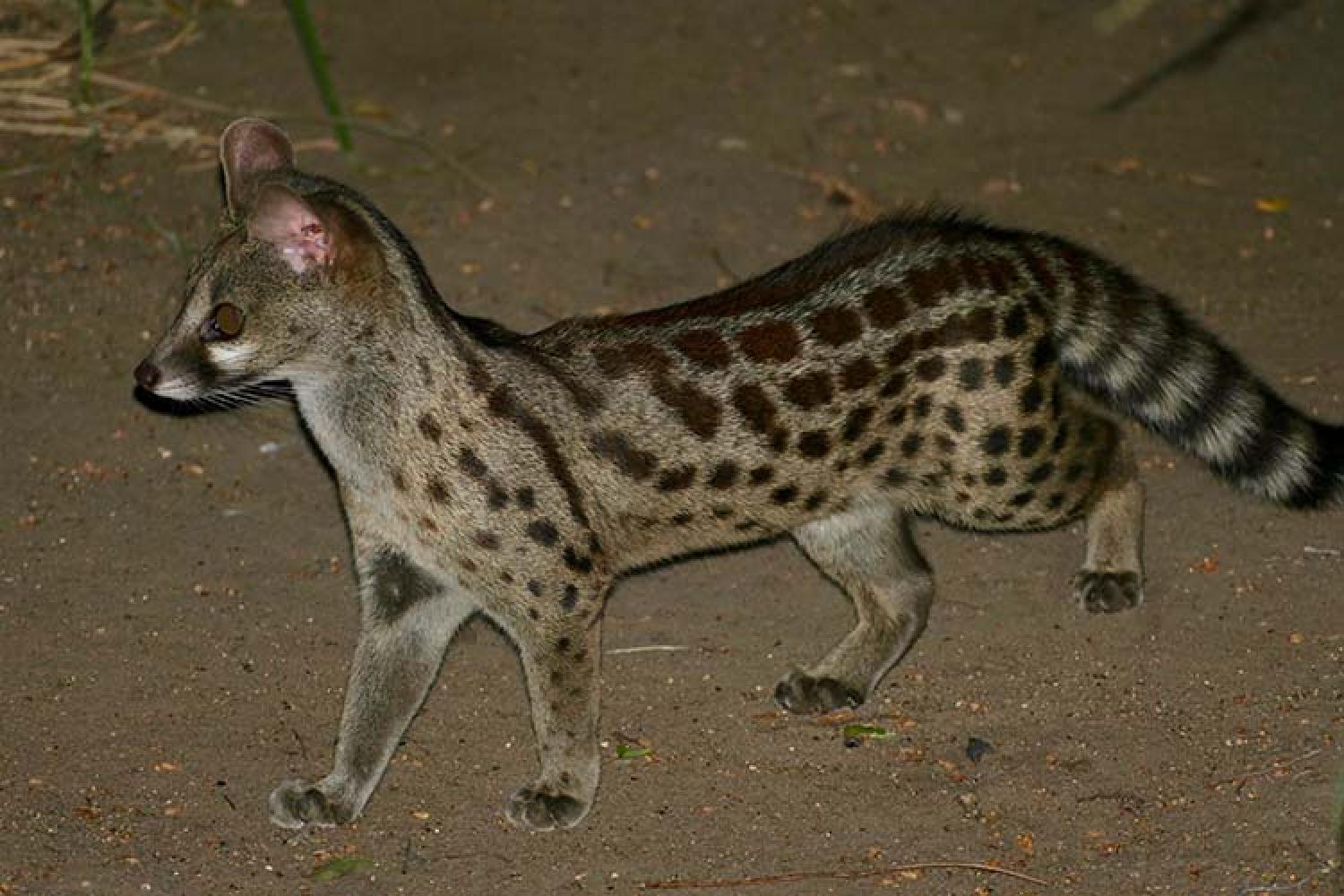
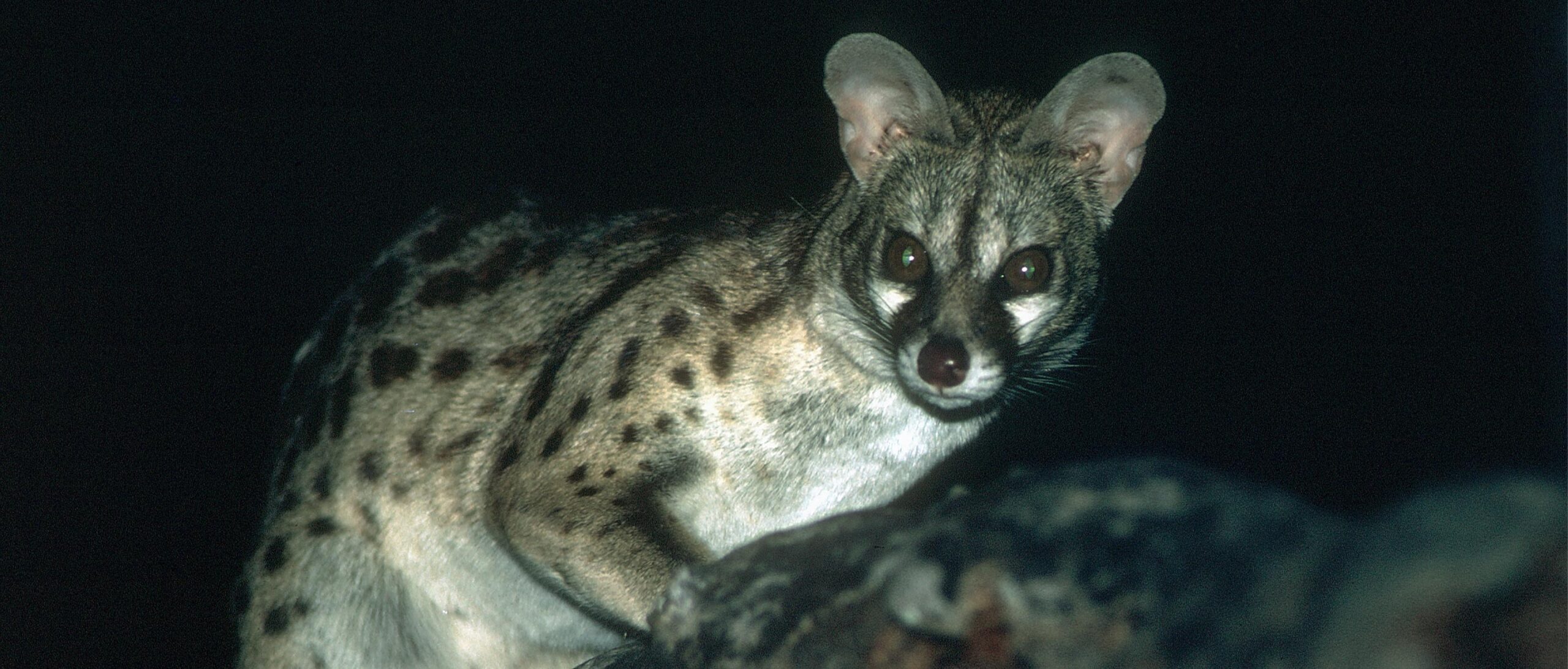
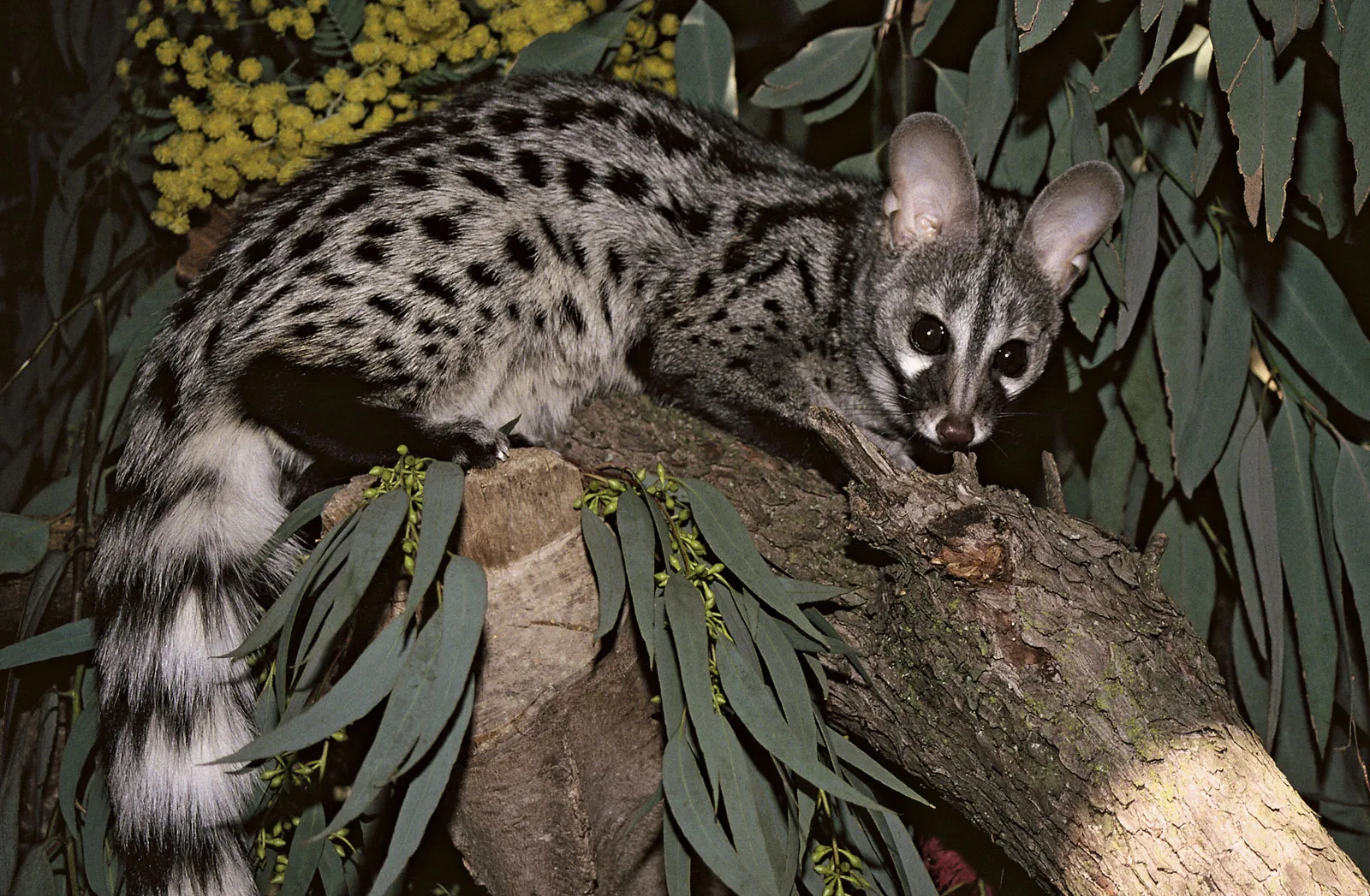
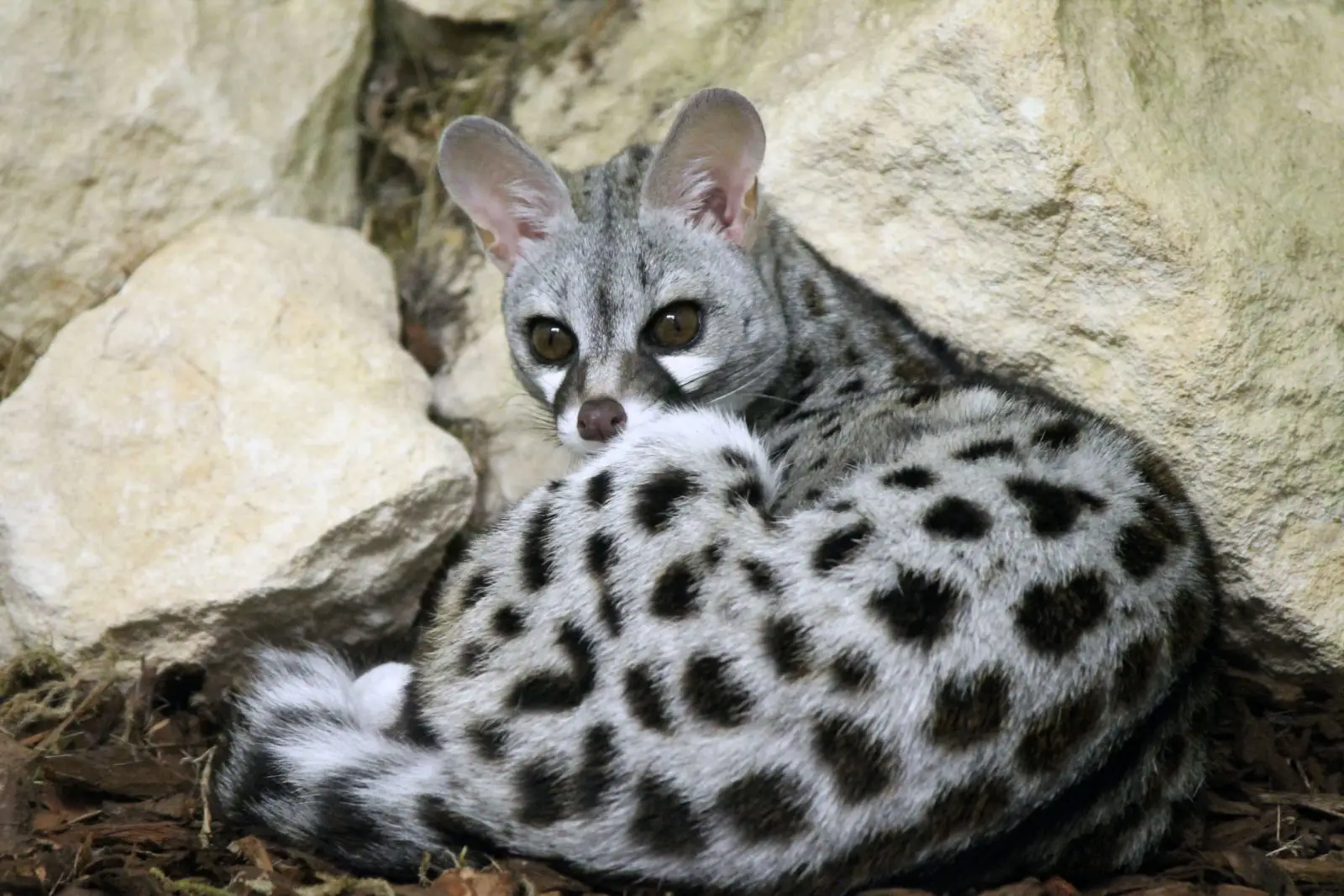
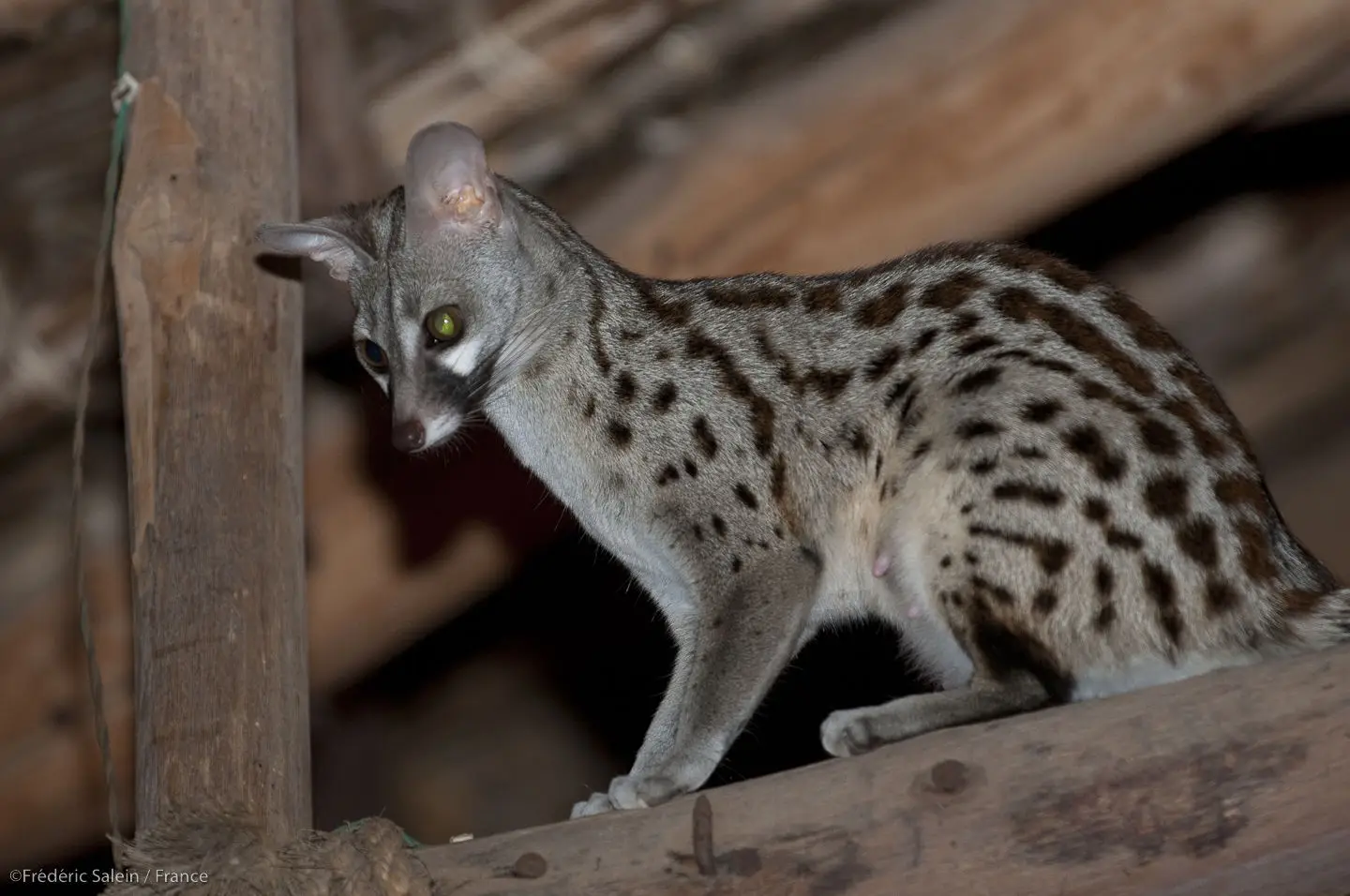

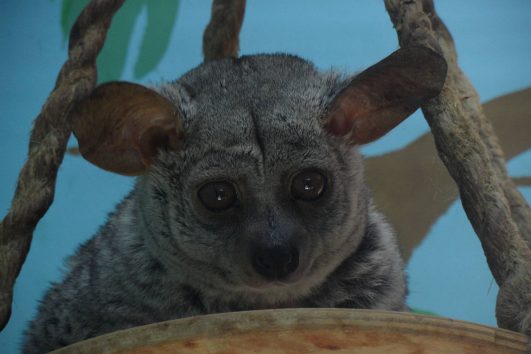
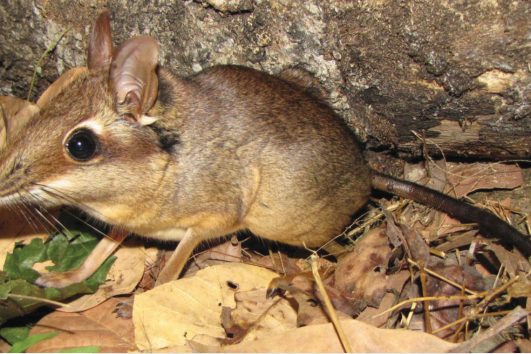
Tour Reviews
There are no reviews yet.
Leave a Review